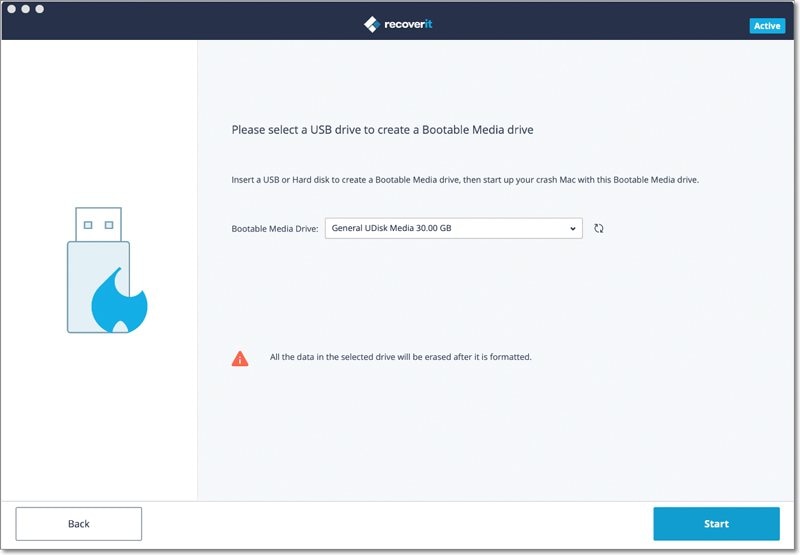ALLBLACK Phase 1 (COMPLETED) Mac OS
- All Black Phase 1 (completed) Mac Os Update
- Allblack Phase 1 (completed) Mac Os Operating System
- Allblack Phase 1 (completed) Mac Os Update
All Black Phase 1 (completed) Mac Os Update
Applies to:
Want to experience Defender for Endpoint? Sign up for a free trial.
ALLBLACK Phase #1 -Project-Title: ALLBLACK Phase 1: Type: Complete: Language: English Russian: Publication: Freeware, doujin: Platforms: Linux Mac OS Windows: Medium: Internet download: Voiced. .While most setup process of the WIFI module APP should be fairly smooth as shown in Video 1, occasionally it may require multiple attempts between step 3 and 4, depending on network strength and connectivity, in order to complete the setup procedure.
Learn how to deploy Microsoft Defender for Endpoint so that your enterprise can take advantage of preventative protection, post-breach detection, automated investigation, and response.
- The iMac 'Core i5' 3.5 27-Inch Aluminum (Late 2014/Retina 5K) features a 22 nm 'Haswell' Quad Core 3.5 GHz Intel 'Core i5' (4690) processor with four independent processor cores on a single chip, a 6 MB shared level 3 cache, 8 GB of 1600 MHz DDR3 SDRAM (PC3-12800) installed in pairs (two 4 GB modules), a 1 TB 'Fusion Drive' (1 TB hard drive.
- Apple MacBook 'Core 2 Duo' 2.0 13' (Black) Specs. Identifiers: Late 2006 - MA701LL/A - MacBook2,1 - A1181 - 2121 All MacBook Models All 2006 Models Dynamically Compare This Mac to Others. Distribute This Page: Bookmark & Share Download: PDF Manual The Apple MacBook 'Core 2 Duo' 2.0 13-Inch (Black) features a 2.0 GHz Intel 'Core 2 Duo' processor (T7200), with two independent.
- Another way to fix MacBook Pro Booting to a black screen on macOS 10.15 is by reinstalling the OS on safe mode as guided below. Power up your Mac while pressing and hold shift until you boot your Mac into Safe mode. Next, navigate to App Store, select install 10.15 macOS Catalina.
This guide helps you work across stakeholders to prepare your environment and then onboard devices in a methodical way, moving from evaluation, to a meaningful pilot, to full deployment.
Each section corresponds to a separate article in this solution.
| Phase | Description |
|---|---|
| Phase 1: Prepare | Learn about what you need to consider when deploying Defender for Endpoint such as stakeholder approvals, environment considerations, access permissions, and adoption order of capabilities. |
| Phase 2: Setup | Get guidance on the initial steps you need to take so that you can access the portal such as validating licensing, completing the setup wizard, and network configuration. |
| Phase 3: Onboard | Learn how to make use of deployment rings, supported onboarding tools based on the type of endpoint, and configuring available capabilities. |

After you've completed this guide, you'll be setup with the right access permissions, your endpoints will be onboarded and reporting sensor data to the service, and capabilities such as next-generation protection and attack surface reduction will be in place.
Allblack Phase 1 (completed) Mac Os Operating System
Regardless of the environment architecture and method of deployment you choose outlined in the Plan deployment guidance, this guide is going to support you in onboarding endpoints.
Allblack Phase 1 (completed) Mac Os Update
Key capabilities
While Microsoft Defender for Endpoint provides many capabilities, the primary purpose of this deployment guide is to get you started by onboarding devices. In addition to onboarding, this guidance gets you started with the following capabilities.
| Capability | Description |
|---|---|
| Endpoint detection and response | Endpoint detection and response capabilities are put in place to detect, investigate, and respond to intrusion attempts and active breaches. |
| Next-generation protection | To further reinforce the security perimeter of your network, Microsoft Defender for Endpoint uses next-generation protection designed to catch all types of emerging threats. |
| Attack surface reduction | Provide the first line of defense in the stack. By ensuring configuration settings are properly set and exploit mitigation techniques are applied, these set of capabilities resist attacks and exploitation. |
All these capabilities are available for Microsoft Defender for Endpoint license holders. For more information, see Licensing requirements.
Scope
In scope
Use of Microsoft Endpoint Manager and Microsoft Endpoint Manager to onboard endpoints into the service and configure capabilities
Enabling Defender for Endpoint endpoint detection and response (EDR) capabilities
Enabling Defender for Endpoint endpoint protection platform (EPP)capabilities
Next-generation protection
Attack surface reduction
Out of scope

The following are out of scope of this deployment guide:
Configuration of third-party solutions that might integrate with Defender for Endpoint
Penetration testing in production environment